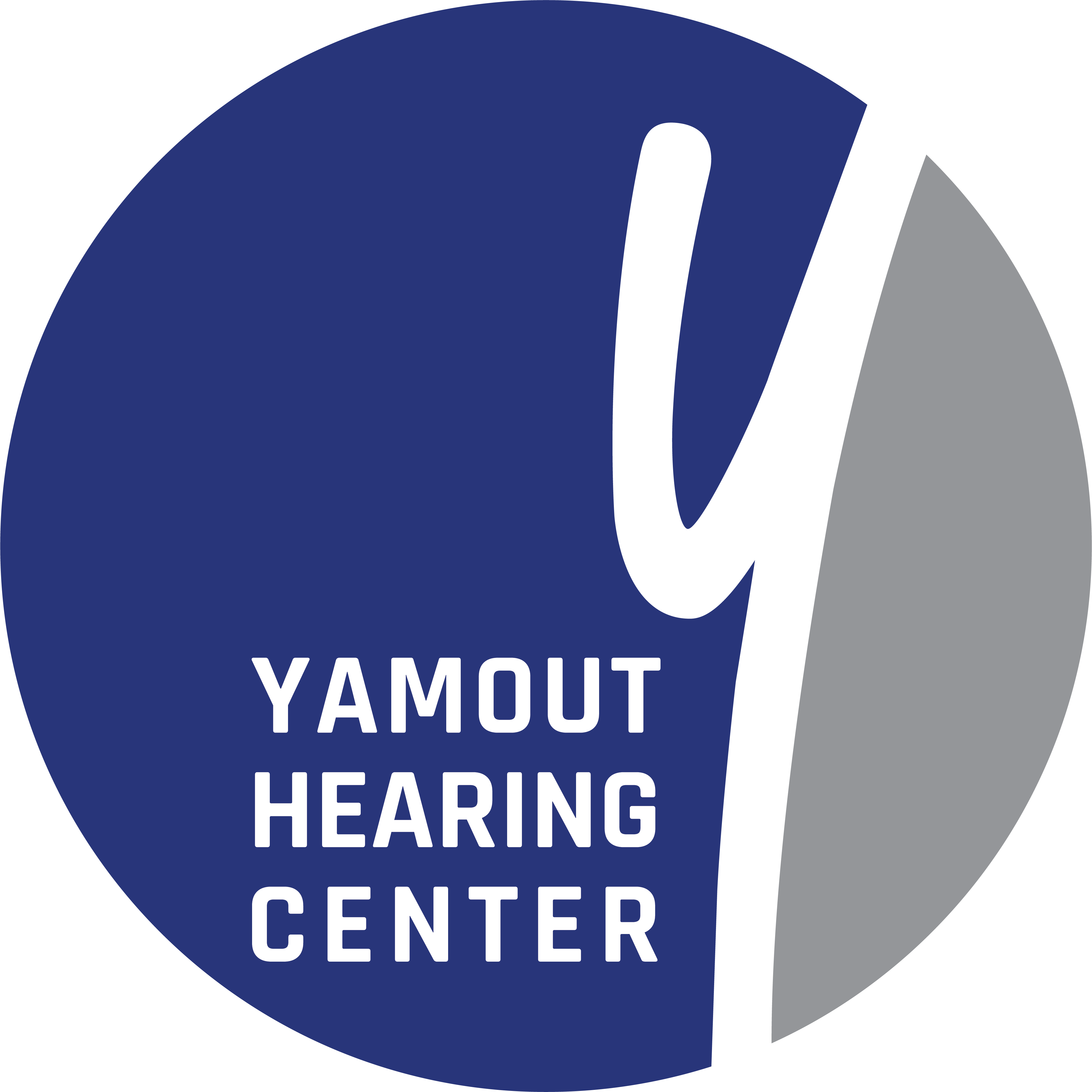TRV Chair
About TRV chair
The TRV Chair is a true revolution within the treatment of dizziness as more than half of all patients presenting in our clinic with dizziness suffer from BPPV
Innovative patented product
Thanks to its perfect balance, the TRV chair allows the examiner to easily rotate the patient 360 degrees along the plane of each semicircular canals (scc) and to hold the patient in any position for detailed examination of the semicircular canals. This facilitates stress-free and precise stimulation and diagnosis of any of the 6 semicircular canals.

From diagnosis to treatment
TRV chair is not only a diagnostic tool, but it is also an integral part of the rehabilitation process. In addition to the standard BPPV maneuvers (such as an Epley or Semont) there are unique new maneuvers (Dynamic maneuvers) to treat all types of BPPV in any of the 6 canals.

Easy to operate
Due to the system of adjustable counterweight, the weight of the chair and the patient are balanced, making it very easy to perform the maneuvers with little effort from the operator.
Easy to diagnose
Diagnosing heavy patients, disabled patients, elderly patients or patients with a history of neck issues has always been a challenge when applying manual tests such as the Dix-Hallpiket and Positional tests. Between 10 and 20% of patients with BPPV cannot be adequately diagnosed and treated with conventional methods.The combination of a balanced TRV chair with a video-enabled goggle allows the clinician to move the patient to any required position whilemonitoring the eyes for positional induced nystagmus.
Accurate and effective
The rehabilitation of patients with BPPV commonly involves traditional maneuvers such as the Epley, Semont, Gufoni, Appiani and similar. With the TRV chair the effectiveness of these maneuvers can be enhanced by following the exact plane of the canal, and by adding kinetic energy to the liberatory maneuver. The kinetic energy will accelerate the movement of the smaller otoconia that would otherwise remain in their original location. This is often the only way to treat patients with residual lateral canalithiasis linked to a very few otoliths in the canal resulting in a weaker positional nystagmus despite strong symptoms. The kinetic energy is added by driving the main arm of the TRV chair against a hydraulic stop in each sequence in the liberatory maneuver; this produces a mild de-acceleration which is sufficient to free even the smallest otoconia and secure a successful treatment. Kinetic energy is also applied in the Dynamic BBQ Maneuver (DBM). DBM is a series of 2 x 7 rotations around the vertical axis with shifts between acceleration and deceleration; a highly effective treatment of lateral canal BPPV.


